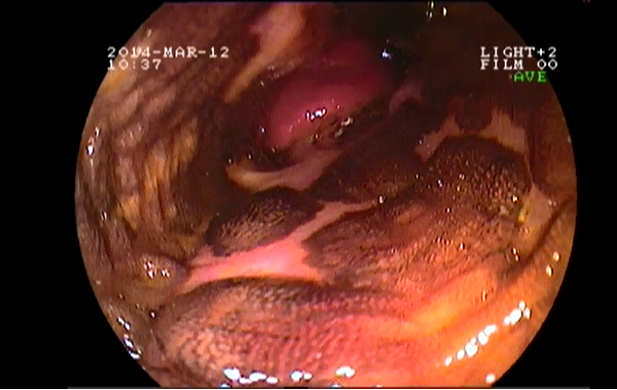Toll Free Helpline (India): 1800 1234 070
Rest of World: +91-9810852116
Free Publication Certificate
Vol. 3, Issue 8 (2014)
Serum pepsinogen levels in patients with erosive form of Gastroesophageal reflux disease
Author(s):
Vira Boychuk
Vira Boychuk
Abstract:
We studied levels of pepsinogen I and II in blood serum in 80 patients with erosive form of gastroesophageal reflux disease. Increasing concentrations of pepsinogen in 2.3 times and increasing the ratio of pepsinogen I to pepsinogen II in 40 patients was detected. Which was associated with a higher degree gradation of erosive lesions of the esophagus and acid refluxes prevalence. Higher concentrations of pepsinogen II in serum was diagnosed in 40 patients, and the results of 24-hour pH monitoring in lower part of esophagus have been registered in them as acidic and alkaline refluxes. The growth levels of PII and reducing the ratio of P I/II indicates admission composition to reflux components of duodenal content. Drugs ursodeoxycholic acid and itopride in combination with basic therapy significantly improve the condition of the patient and quickly reach the clinical effect. Pantoprazole in double doses is effective antisecretory drug that twice reduces the night reflux and provides rapid decrease of the main clinical manifestations of GERD.
We studied levels of pepsinogen I and II in blood serum in 80 patients with erosive form of gastroesophageal reflux disease. Increasing concentrations of pepsinogen in 2.3 times and increasing the ratio of pepsinogen I to pepsinogen II in 40 patients was detected. Which was associated with a higher degree gradation of erosive lesions of the esophagus and acid refluxes prevalence. Higher concentrations of pepsinogen II in serum was diagnosed in 40 patients, and the results of 24-hour pH monitoring in lower part of esophagus have been registered in them as acidic and alkaline refluxes. The growth levels of PII and reducing the ratio of P I/II indicates admission composition to reflux components of duodenal content. Drugs ursodeoxycholic acid and itopride in combination with basic therapy significantly improve the condition of the patient and quickly reach the clinical effect. Pantoprazole in double doses is effective antisecretory drug that twice reduces the night reflux and provides rapid decrease of the main clinical manifestations of GERD.

Fig.: Endoscopic picture of Barrett's esophagus.
Pages: 15-19 | 1699 Views 131 Downloads

How to cite this article:
Vira Boychuk. Serum pepsinogen levels in patients with erosive form of Gastroesophageal reflux disease. Pharma Innovation 2014;3(8):15-19.






